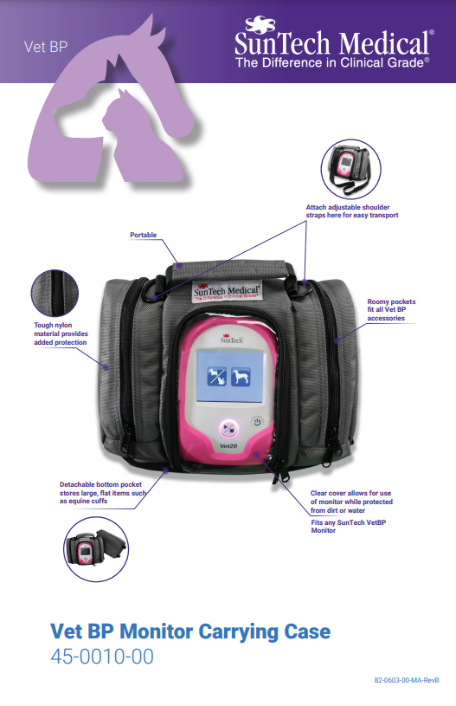![]()
Blog @ SunTech
Advice from the BP Measurement Experts
The Importance of Ambulatory Blood Pressure Monitoring...continued

Part 2 of 2: What is ABPM? Why should I get a test? ABPM Blood Pressure Guidelines.
Most hypertension opinion leaders regard ambulatory blood pressure monitoring as the gold standard for risk assessment since it is superior to both clinic and home BP measurement [4],[5]. Ambulatory blood pressure monitoring (ABPM) is a 24 hour blood pressure test in which readings are taken every 15-30 min during the day and 20-60 min during asleep hours. To learn more about ABPM, please, check out this ABPM video.
Why should I get an ambulatory blood pressure test?
ABPM provides information which home BP and clinic BP cannot including:
- an estimate of true, or mean, blood-pressure level
- diurnal rhythm of blood pressure
- blood pressure variability
More benefits to ABPM are summarized in the table below.
Benefits of Ambulatory Blood Pressure Monitoring over Home BP and Office BP [4]
| ABPM |
Home BP |
Office BP |
|
| Mean (true blood pressure) |
Yes | Maybe | No |
| White-coat hypertension | Yes | Maybe | No |
| Masked hypertension |
Yes | Maybe | No |
| Diurnal blood pressure rhythm | Yes | No | No |
| Dipping status |
Yes | No | No |
| Morning surge |
Yes | Maybe | No |
| Blood pressure variability |
Yes | Maybe | No |
| Duration effects of BP meds |
Yes | Maybe | No |
You can see from the table above that there are several key benefits to ABPM, but you may not know why they are important. I'll highlight a few on the list.
- White-coat hypertension: White-coat hypertension is when a patient's BP is measured high in the office because the patient might be nervous in that environment. As many as 30% of diagnosed hypertensive patients are later found to have white-coat hypertension. It is important to differentiate between white-coat and sustained hypertension, since white-coat patients do not actually need anti-hypertensive medications.
- Night-time BP: ABPM also provides a night-time BP profile. Night-time hypertension is correlated with higher risk of cardiovascular end outcomes.
- BP medication assessment: Finally, ABPM is especially useful for recently diagnosed hypertension or the assessment of BP meds. As mentioned earlier, the majority of Americans with hypertension do not have it under control, but they may not know that. An ABPM test can help physicians prescribe the right medications to keep blood pressure in control and reduce future cardiovascular risk. In fact, when ABPM is incorporated into the hypertension diagnostic and treatment process, up to a 14% savings in the cost of healthcare has been calculated.[6]
What are blood pressure guidelines for ABPM?
Most people are familiar with the 140/90 mmHg guidelines for blood pressure. Blood pressure guidelines for ambulatory monitoring are a little lower. The American Heart Association recommends an overall 24-hr average of 130/80 or lower. The 7th Joint National Committee states that awake ambulatory bp measurements should be below 135/85 and asleep measurements should be below 120/75. The European Society of Hypertension (ESH) states that normal awake bp is 135/85, but optimal awake 130/80. The ESH also recommends that normal asleep bp is 120/70, but optimal asleep 115/65.
If you have any questions or comments regarding your experiences with ABPM, we'd love to hear about it!
Back to Part 1 of "The Importance of Ambulatory Blood Pressure Monitoring"
[1] http://familydoctor.org/online/famdocen/home/common/heartdisease/treatment/770.html
[6] Krakoff, LR. (2006). Cost-Effectiveness of Ambulatory Blood Pressure. Hypertension, 47, 29-34.
Interested in getting more SunTech news, product info, as well as
tips, tricks, and insights from BP experts?
Sign up to get fresh content delivered direct to your inbox.



